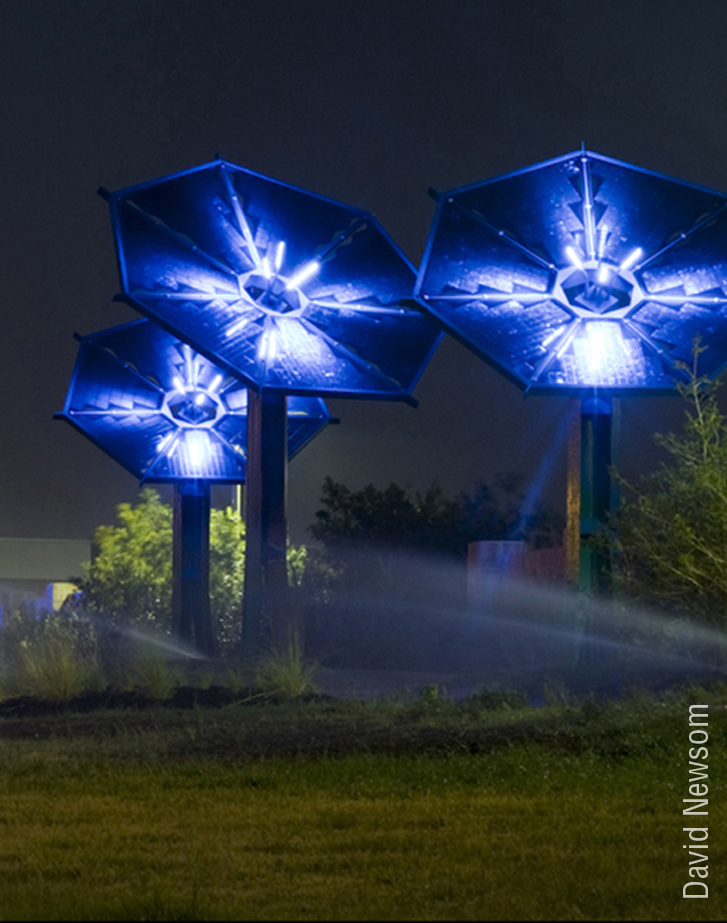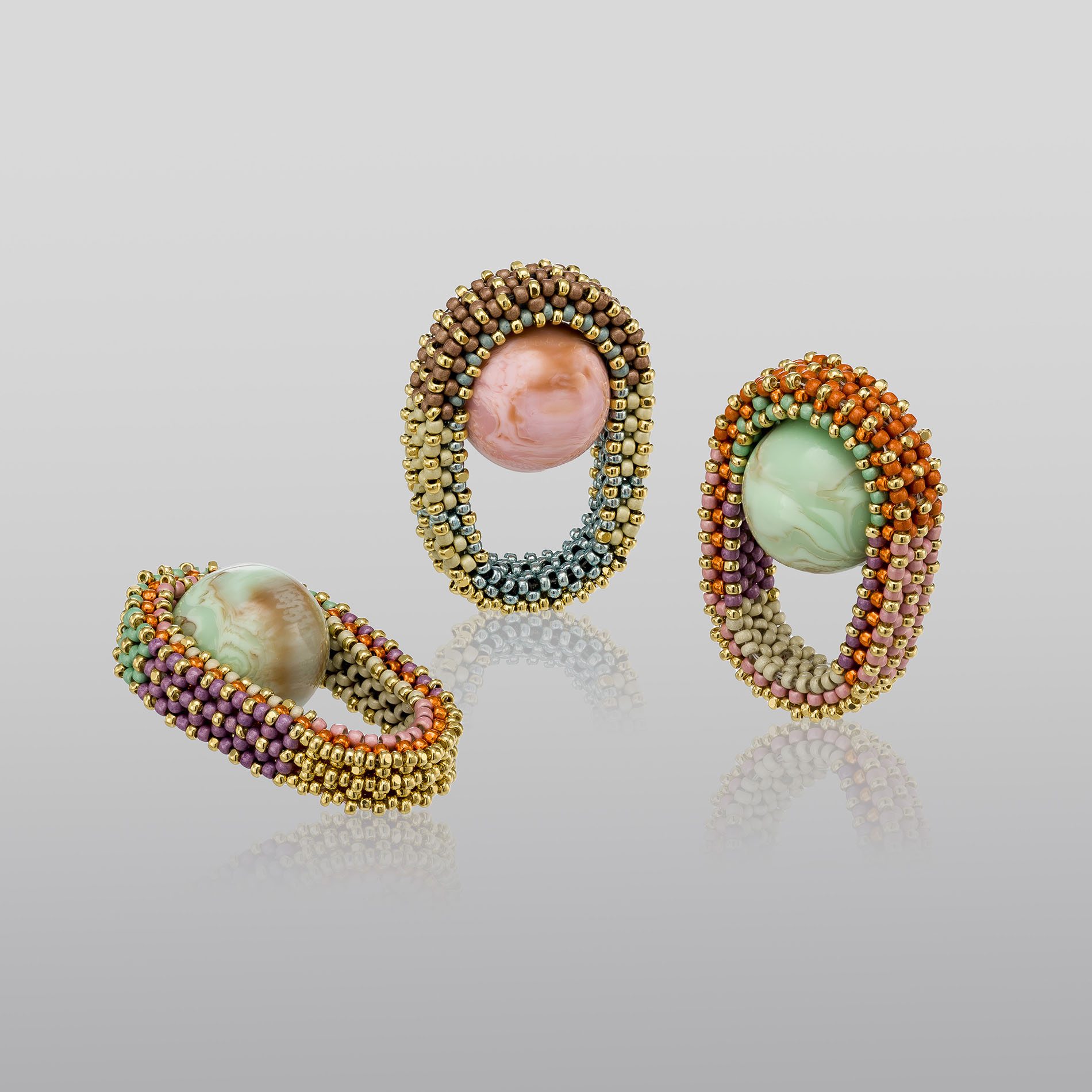Indicators: Artists on Climate Change, on display at Storm King Art Center through Nov. 11, 2018, showcases 17 artists whose works explore the impacts of climate change. The multi-media exhibition contains 11 newly fabricated outdoor sculptures as well as photography, film, and eco-artworks. An exceptionally fine catalog includes extensive quotes from the participating artists, making their vision accessible worldwide.
The title “Indicators” is aptly chosen. Indicators point to something: the existence of unacknowledged or unappreciated truth, the mindset of the thoughtful observer, the direction in which to head. These artworks – “indicators” – do all three.
Some issue a wake-up call. Artist Jenny Kendler’s Underground Library displays “a collection of five decades of books on climate change—from unread technical manuals to forgotten best sellers.” The books, which date from 1979 to 2015, represent a printed history of unheeded calls to climate action. She gathered the books from thrift stores, free-book boxes, and used-book stores.
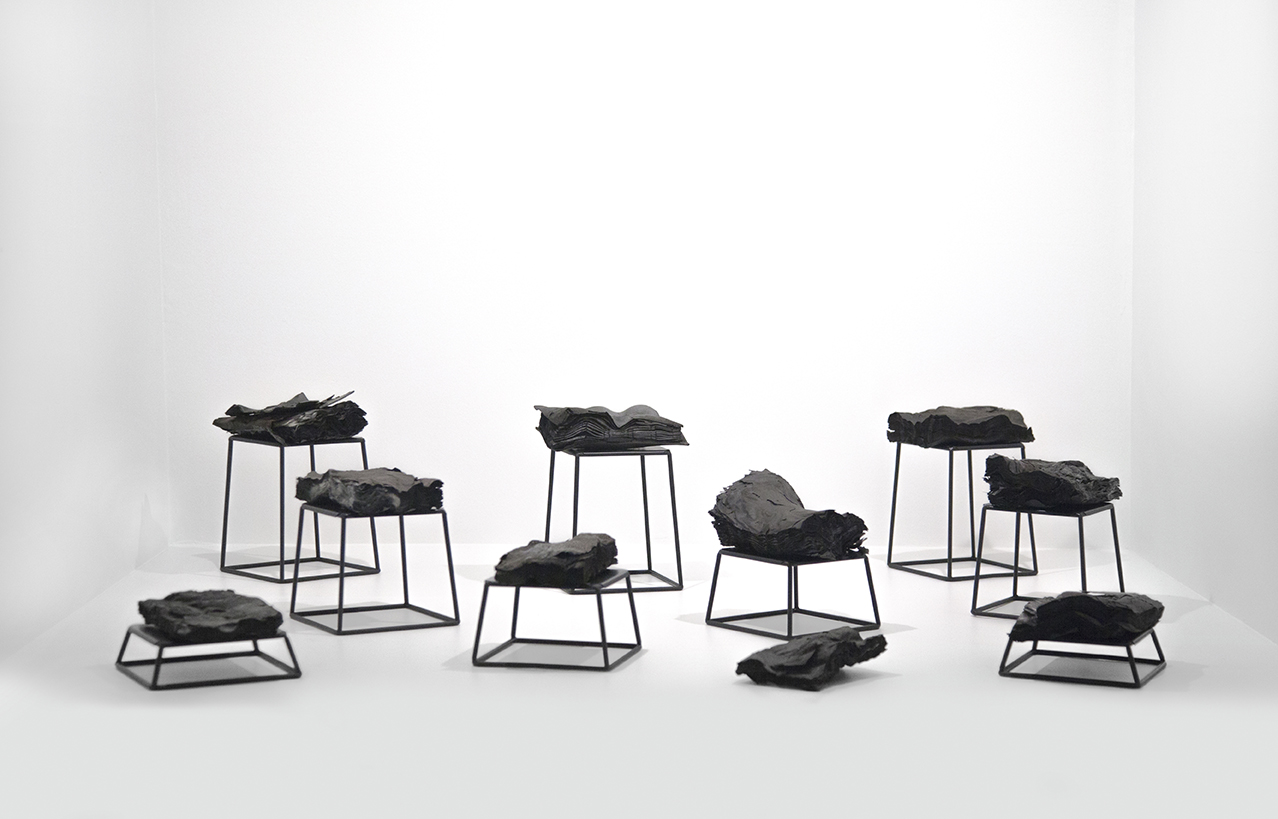
Jenny Kendler, Underground Library (2017-2018) Selections from a library of books on climate change, biocharred to sequester carbon. Dimensions: varied. ©Jenny Kendler, 2018. Courtesy of the artist.
Left alone, the books would simply decay, returning carbon to the atmosphere and further warming our world. Instead, Kendler sequestered their carbon through biocharring, a low-oxygen process of thermal decomposition pioneered by indigenous Amazon peoples. Now gaining popularity in modern, sustainable agriculture, biocharring leaves behind a highly stable form of carbon. At the conclusion of the Indicators exhibition, these biocharred books will be buried at Storm King – in Kendler’s words, “sequestering their carbon for millennia to come and creating a literal underground library.”
Other indicators at Storm King invite viewers to step into the role of climate scientists, allowing us to experience the painstaking difficulty of data collection, the emotional toll of cataloging planetary destruction, and the despair of witnessing public inattention and indifference to climate science.
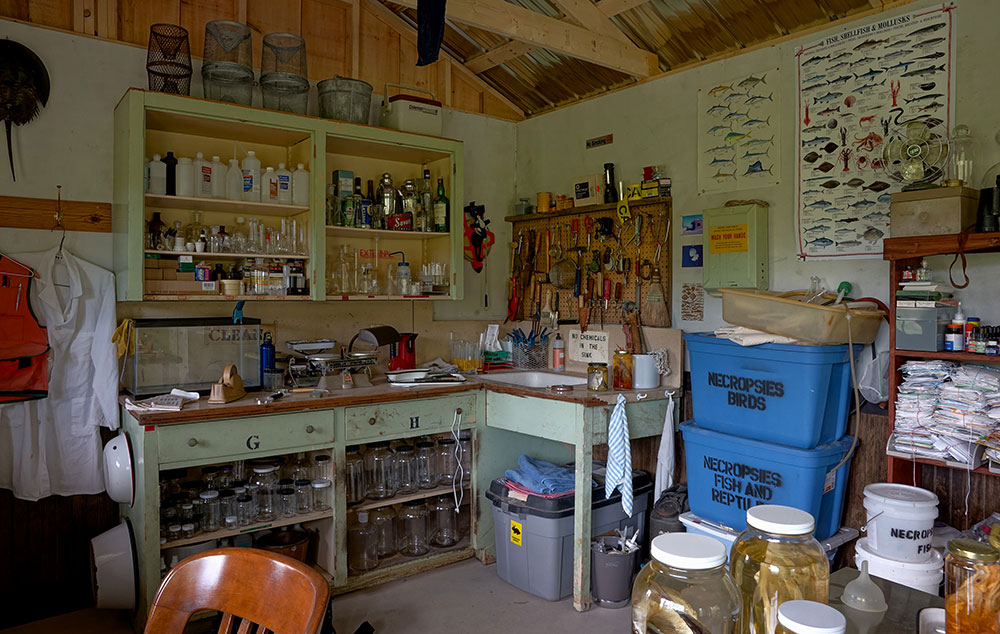
Mark Dion, The Field Station of the Melancholy Marine Biologist (2017). Mixed media installation. Dimensions: 16 ft. 2¾” x 24 ft. 1½” x 9 ft. (494.7 x 735.3 x 274.3 cm). ©Mark Dion, 2018. Courtesy of the artist & Tanya Bonakdar Gallery.
The Field Station of the Melancholy Marine Biologist by Mark Dion is a large scale sculpture in the form of a weathered wooden cabin housing a biological field station. Dion aims to evoke a moment in which someone studying the natural world realizes what the future will bring: “For those interested in marine biology, ocean health, biodiversity, and coral reefs, there is very little good news out there.”
He elaborates: “Anyone studying marine diversity today must feel overwhelmed and deeply demoralized. Generally people don’t study these things because they’re disinterested. They study things because at the core of their heart there’s a love and identification. However, it would be very hard to study ocean life and not come to the catastrophic conclusion that we are going to lose a great amount of the natural wonders that have been here in previous centuries.”
Other indicators point to potential solutions to climate change. Maya Lin’s The Secret Life of Grasses (2018) showcases three living grasses. The root system of each is encased in a clear ten-foot-tall PVC tube. As the grasses grow, they reveal how deep and complex their root systems can become. These complex structures absorb and “fix” significant amounts of carbon, removing it from the atmosphere.
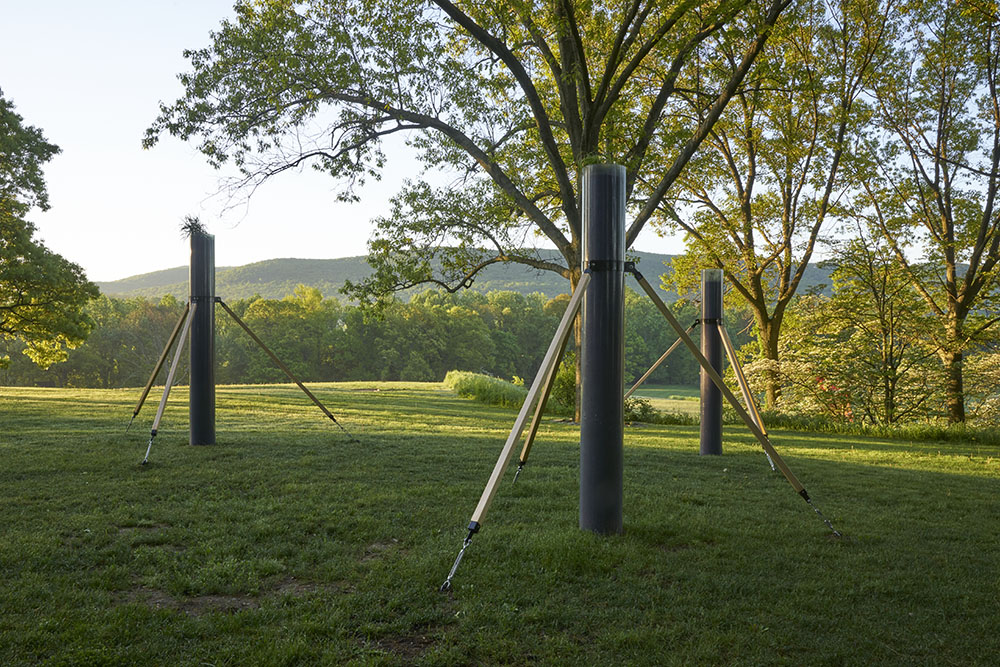
Maya Lin, The Secret Life of Grasses (2018). PVC tube, lightweight soil, grasses, oak, cable, steel. Dimensions: each 10 ft. high (304.8 cm) x 12 in. (30.5 cm) in diameter. ©Maya Lin, 2018. Plants courtesy of the Land Institute, Salina, Kansas. Courtesy of the artist.
Lin explains: “I’m really excited about allowing people to come face to face with the complexity of these incredible root structures, and to make people aware that nature-based solutions—such as restoring our grasslands, reforming agriculture, reforming ranching, protecting our forests, and restoring our wetlands—could effectively reduce our overall global emissions by more than fifty percent.”
She adds: “Modern-day industrial agriculture has contributed to the loss of more than a third of the world’s arable land and has been a major source of carbon. These totemic sculptures help show how these living systems can actually become a carbon sink, while also helping to increase biodiversity.”
Lin credits the Land Institute in Salina, Kansas for help in selecting the grasses. Two of the species—a switchgrass and a big bluestem— are native to New York and were reintroduced to this area by Storm King. A third, “kernza,” is a perennial food crop developed by the Land Institute to feed more people and restore soils. Lin’s contribution to the exhibition also includes a booklet, which highlights the ecological history of the American prairie and describes how these living systems help combat climate change.
The artists in this exhibition drew inspiration from Storm King’s landscape and mission. Widely celebrated as one of the world’s leading sculpture parks, Storm King Art Center was conceived as an environmental project to acquire and reclaim land devastated by construction of the New York State Thruway in the 1950s. Today, the Center’s 500 acres of rolling hills, woodlands, and native grass and wildflower fields only one hour north of New York City provide a majestic setting for contemplating what is at stake from rampant carbon consumption.
The curatorial team – David R. Collens, Nora R. Lawrence, and Sarah Diver –observe that “making and viewing art can enlighten, inspire change, and provide opportunities for personal reflection as well as collective mourning in ways that differ from research, advocacy, and reportage.”
Storm King’s President John R. Stern adds: “The experience of the exhibition compels the visitor to wander widely, to peer closely, to think deeply, and to observe the resonance between art and nature—which is the very essence of Storm King Art Center.”
The Storm King Art Center is located at 1 Museum Road, New Windsor, NY 12553. For directions and hours of operation, see stormking.org.

